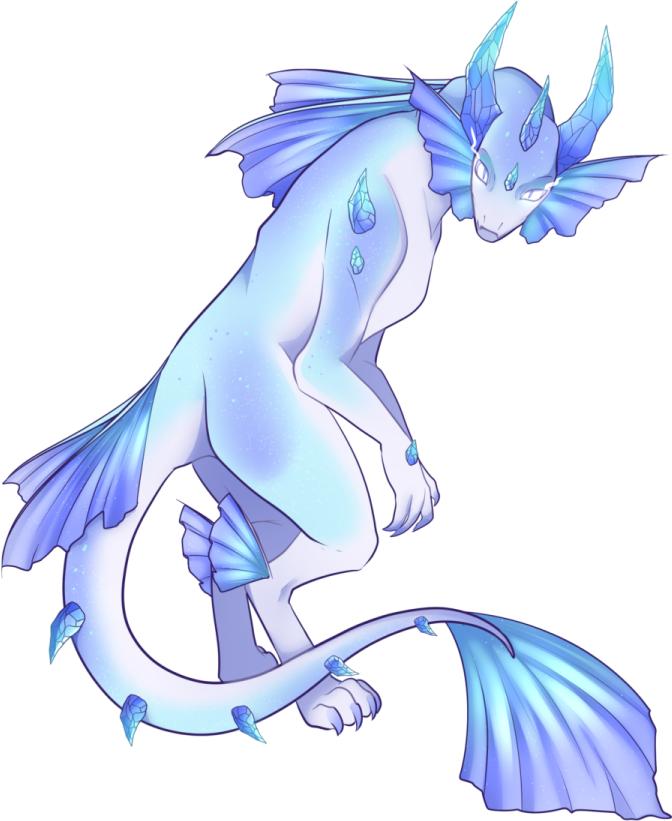 Draphibian
Draphibian
Miscellaneous

APPEARANCE
Typical Draphibian are large, reptile-like beasts with large claws, long tails and long snouts. While females are much smaller than males, they are much faster and are usually the best hunters because of this. All Draphibian have large, long, raptor-like claws which aid them in both hunting and climbing, additionally, they all have forked tongues which seem to aid well for reaching prey or food in hard to reach places!
Draphibian appearances can vary depending on which region they were born in such as having fur, extra fins, winged and harder skin. See here for more variants! (tba)
HABITAT
Draphibian prefer to keep to themselves out in the wild, they are only seen aggressive if they or their young are threatened. It’s quite common to see packs of Draphibian out in the wild, they will consist of generations of families or sometimes birthmates.
Often they favor large forested areas or caves to call home, this will provide them with all the basic necessities to live and protection from unwanted company.
When domesticated, Draphibian can be found in large forested fields. Additionally there are large barns in which Draphibian can stay protected from harsh weathers and care for their young.
ROLES
Draphibian are often bred to transport goods between regions, but as of recent have become more common as pets. They’re quite popular to travel around Aerius on! Whether saddled or by carriages.
DIET
Draphibian, being Omnivores, their diet consists of both vegetation and meat, it’s easier to come by vegetation however and so most Draphibian are brought up on grass, hay and vegetables similar to most common livestock.
REPRODUCTION
Typically, Female Draphibian lay unfertilized eggs every 2-3 weeks during mating season. They can lay anywhere from 1-12 eggs with an average of 3-5 being the most common. Draphibian mating season will generally start in April and last until June.
After Draphibian eggs are laid, it will take from 40-60 days until they hatch! Infertile eggs are often a soft peach color while Fertile eggs will slowly transition to the color of the Draphibian inside!
Draphibian will make large nests, similar to birds in order to protect their young, these nests can be found in deep caves where the mother will be guarding them.
LIFESPAN
Most Draphibian have extremely long lifespans similar to that of Dextroluma. Depending on their diet and health they can live up to 1000 years old.
CORRUPTION
Like Dextroluma, Draphibian may also become corrupt, it will heavily decrease their lifespan, cutting it completely in half if left untreated. The cure for corruption, while at first was a struggle, does now in fact work on Draphibian.


